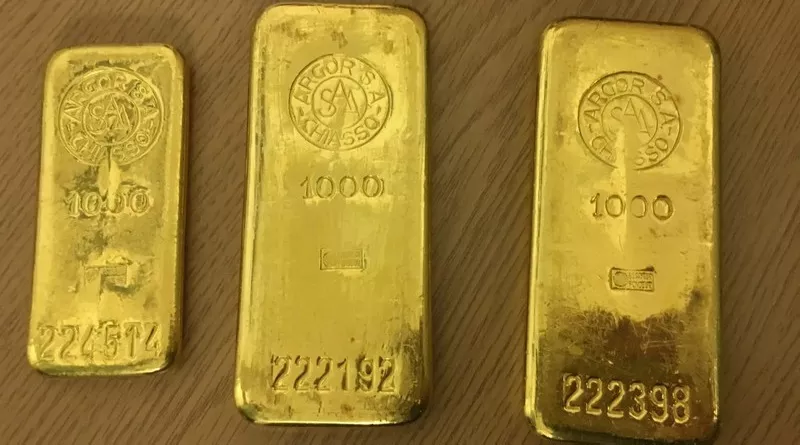In the world of investing, precious metals have long been a staple for those seeking to diversify their portfolios and hedge against economic uncertainties. Among these metals, silver stands out not only for its industrial uses but also as a reliable investment asset. This article delves into why buying physical silver is a prudent choice for investors, exploring its benefits, market dynamics, and strategic value.
The Historical Appeal of Silver
Silver has been used as a form of money and a store of value for thousands of years. Its intrinsic value, coupled with its role in various cultures and economies, establishes it as a time-tested investment. Historically, silver has been a hedge against inflation and currency devaluation. Unlike paper currencies, which can be printed at will by central banks, silver’s supply is limited, and it has maintained its value through economic upheavals.
Industrial Demand and Technological Advancements
One of the most compelling reasons to invest in physical silver is its industrial demand. Silver is used in a wide range of applications, from electronics to solar panels. The metal’s unique properties—such as its high electrical conductivity and thermal resistance—make it essential for many modern technologies.
As technology continues to advance, the demand for silver in these industries is likely to grow. For instance, the rise of electric vehicles and renewable energy sources, such as solar power, has significantly increased the demand for silver. This industrial demand provides a fundamental support to the metal’s value, making it a more attractive investment.
Diversification and Risk Management
Diversification is a key principle of investment strategy. By spreading investments across various asset classes, investors can mitigate risks and reduce the impact of market volatility on their portfolios. Physical silver offers a way to diversify beyond traditional assets like stocks, bonds, and real estate.
Silver often moves independently of other asset classes. During times of economic distress or market downturns, silver can act as a safe haven, providing stability and potential appreciation when other investments might falter. This characteristic makes physical silver a valuable addition to a diversified investment portfolio.
Inflation Hedge and Currency Protection
One of the primary reasons investors turn to physical silver is its role as an inflation hedge. When inflation rises, the purchasing power of fiat currencies decreases. Silver, as a tangible asset, typically retains its value in real terms, protecting investors from the eroding effects of inflation.
In addition, silver can serve as a form of currency protection. In times of economic instability or geopolitical tension, traditional currencies can become volatile or even depreciate. Physical silver, on the other hand, is a globally recognized store of value. Its liquidity and widespread acceptance make it a reliable alternative to fiat currencies.
Tangible Asset with Intrinsic Value
Unlike digital assets or paper investments, physical silver is a tangible commodity. This tangibility can be reassuring for investors who prefer to hold something concrete rather than relying solely on electronic records or financial instruments. The intrinsic value of silver—its use in various industries and its historical significance—adds to its appeal as a physical asset.
Moreover, owning physical silver allows investors to bypass counterparty risk. With digital or paper assets, there is always the risk that the issuing institution or entity may fail. Physical silver, however, is not subject to the same risks and can be stored securely by the investor, providing a sense of control and security.
Market Dynamics and Investment Opportunities
The silver market is influenced by a range of factors, including supply and demand dynamics, geopolitical events, and macroeconomic trends. Understanding these factors can help investors make informed decisions about when and how to invest in physical silver.
Supply Constraints: Silver mining is a complex and expensive process. As easy-to-access silver deposits become depleted, the cost of extraction rises. This supply constraint can drive up prices, benefiting investors who hold physical silver.
Geopolitical Factors: Global geopolitical events, such as trade wars or political instability, can impact silver prices. Investors often turn to silver as a safe haven during such times, which can lead to price increases.
Economic Cycles: Silver prices can be influenced by economic cycles. During periods of economic growth, industrial demand for silver can boost prices. Conversely, during economic downturns, silver’s role as a store of value can become more prominent.
Practical Considerations for Investing in Physical Silver
Investing in physical silver requires careful consideration of several practical factors:
Storage and Security: Physical silver needs to be stored securely to protect it from theft or damage. Investors can choose between home storage and professional vault services. Each option has its advantages and costs, and the choice depends on personal preferences and investment goals.
Liquidity: While silver is generally liquid, the ease of selling physical silver can vary depending on the form in which it is held (e.g., coins, bars) and market conditions. Investors should be aware of potential liquidity issues and plan accordingly.
Premiums and Costs: Purchasing physical silver involves premiums over the spot price, which can vary based on the form of silver and market conditions. Additionally, there may be transaction fees, storage costs, and other expenses to consider.
Authentication and Purity: Ensuring the authenticity and purity of physical silver is crucial. Investors should buy from reputable dealers and verify the quality of their purchases to avoid counterfeits or substandard products.
See Also What Happens to Gold Stocks in a Recession
Conclusion
Investing in physical silver offers a range of benefits, from historical value and industrial demand to diversification and inflation protection. As a tangible asset with intrinsic value, physical silver can play a vital role in a well-rounded investment strategy. However, like any investment, it requires careful consideration of market dynamics, practical factors, and personal financial goals.
For those seeking a reliable hedge against economic uncertainties and a way to diversify their portfolios, physical silver presents a compelling option. Its historical significance, industrial applications, and role as a safe haven make it a valuable asset for both seasoned investors and newcomers alike.


